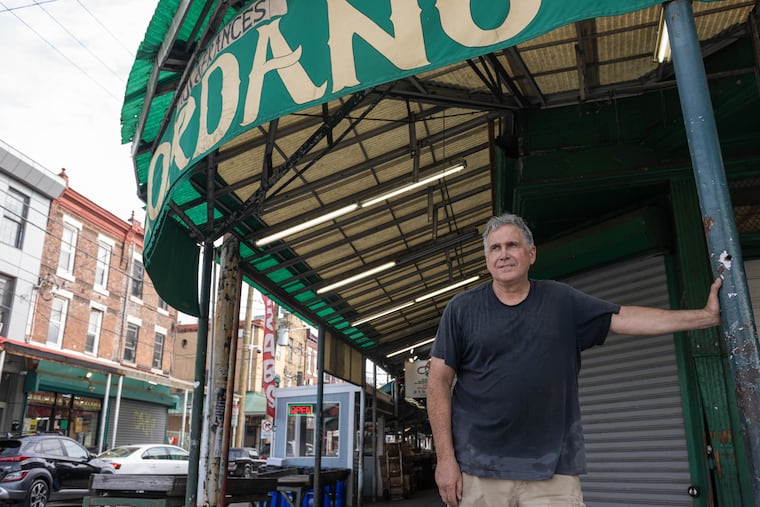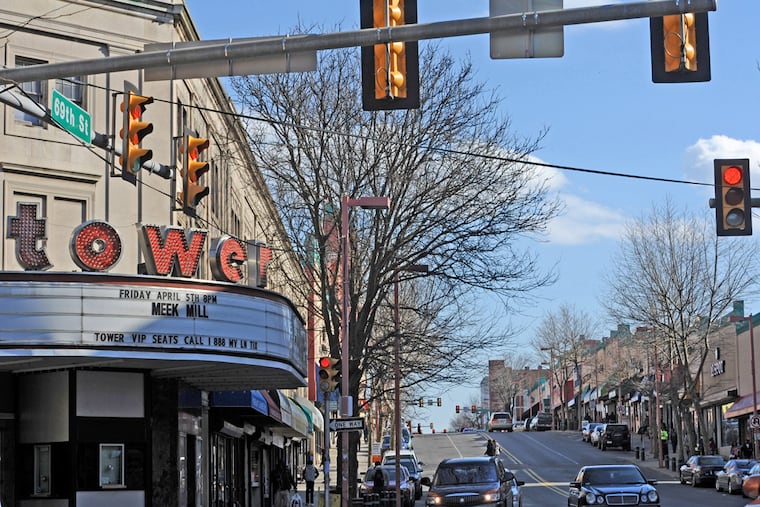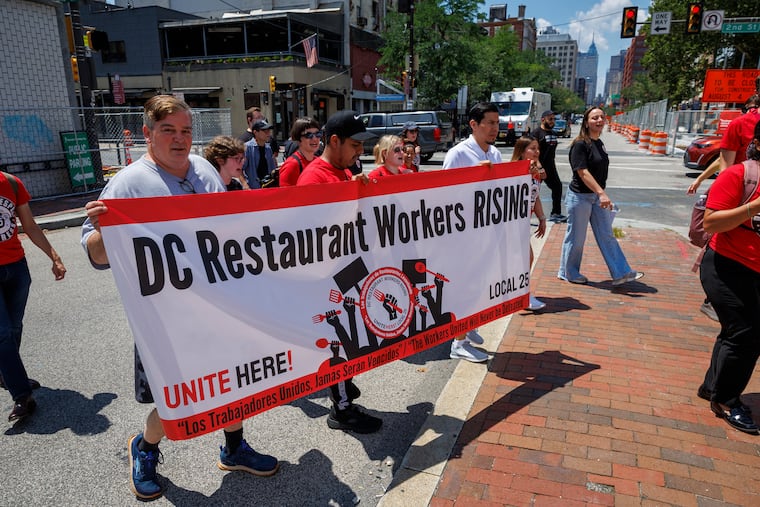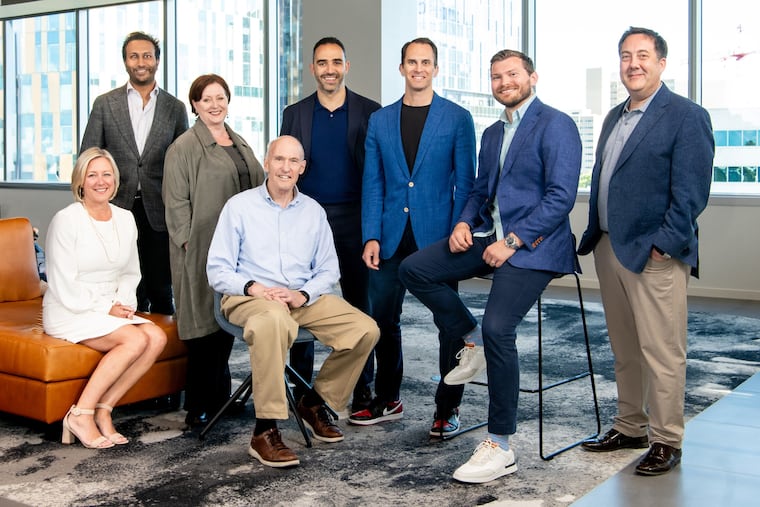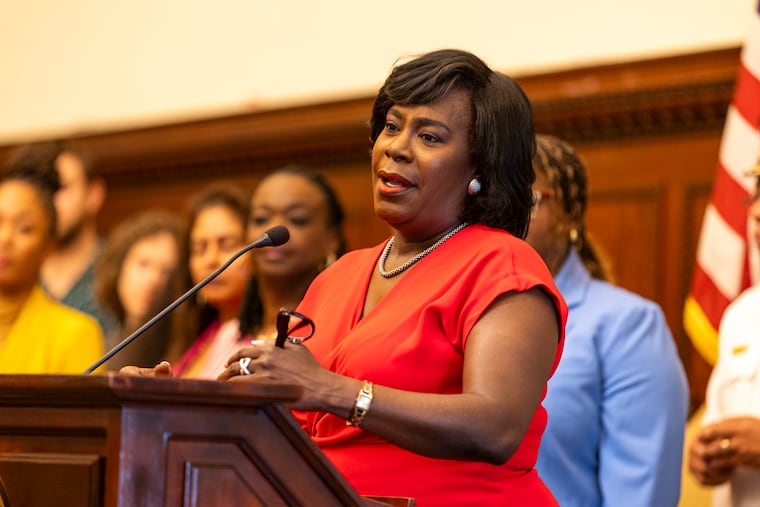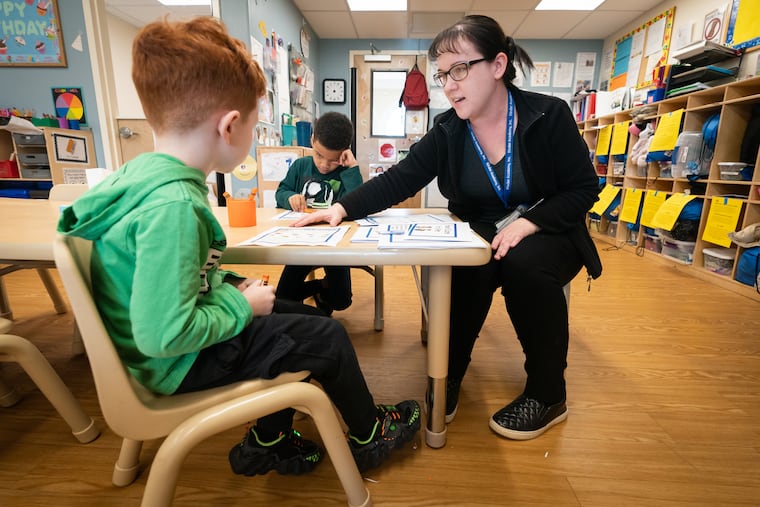These students borrowed $35K plus for an unaccredited program that closed. Years later, their debts remain
The Philadelphia-area women are among hundreds of thousands of Americans who attended for-profit schools that closed or agreed to settle government investigations for high-pressure sales tactics, unaccredited programs, poor instruction, and forcing students to take courses they didn’t need.

- Eagles practice observations: Quinyon Mitchell intercepts Jalen Hurts; Adoree’ Jackson rises; Andrew Mukuba’s setback
- More than a dozen slavery displays in Philly, including at Washington’s former home, have been flagged for a Trump admin review
- La Salle’s three-phase rebuild of its revived baseball program is now headed to second
- Reliever supply might not meet demand at the trade deadline. Here are some options for the Phillies.
- High heat and humidity return to Philly region, but a break is on the horizon


